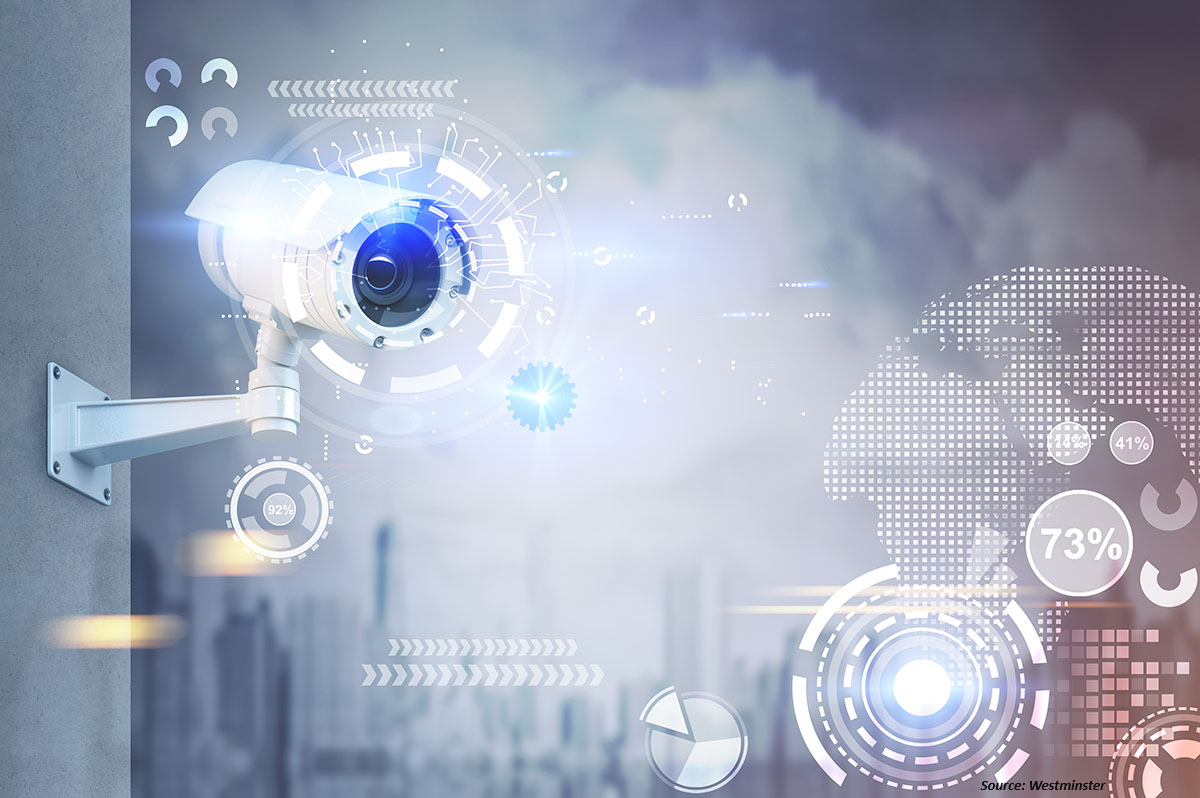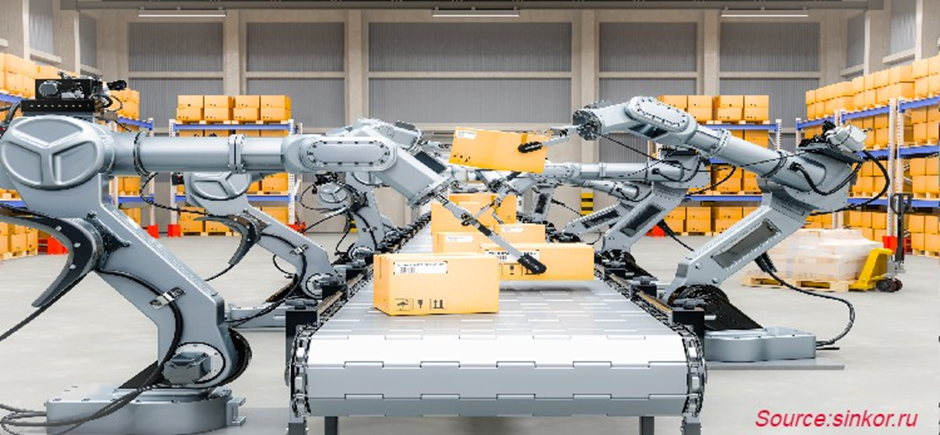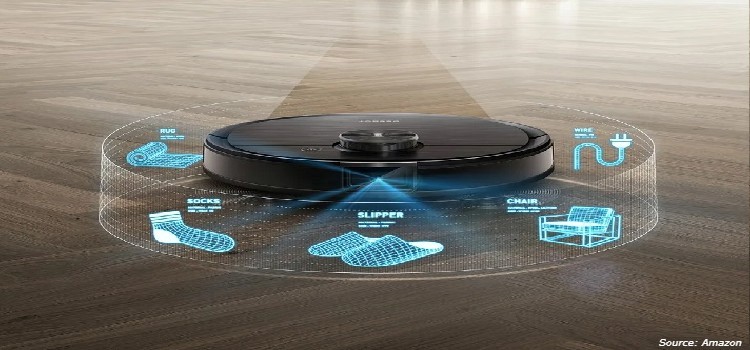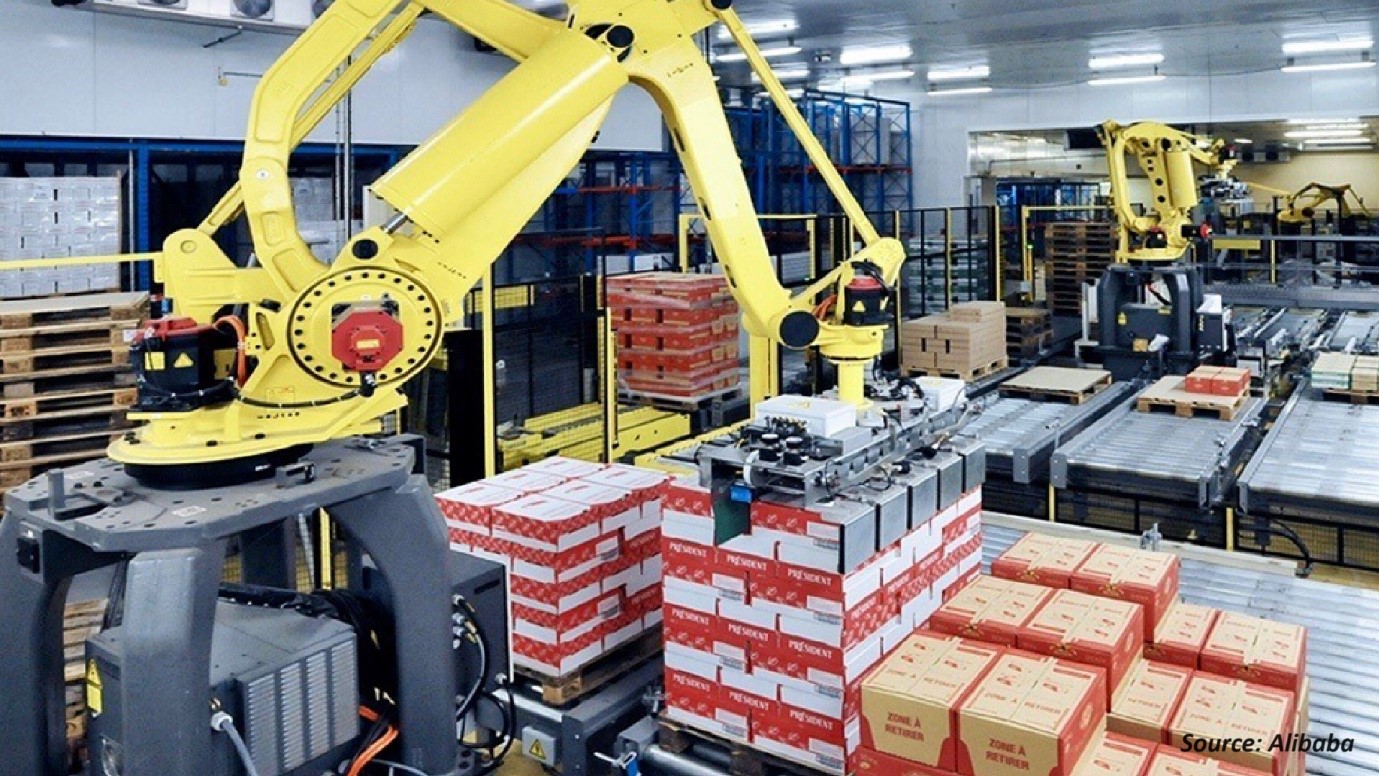The Future Of Security: Exploring The Latest Trends In AI CCTV
28-Oct-2024

Introduction
The AI CCTV market pertains to a segment within the global security and surveillance industry that focuses on the integration of artificial intelligence (AI) technologies into CCTV. The primary goal of AI in the CCTV market is to enhance the effectiveness and efficiency of video surveillance, by enabling features such as object recognition, facial recognition, behavior analysis, and anomaly detection. This technology is used in a wide range of applications, including public safety, home security, retail, traffic management, and industrial monitoring.
It provides improved security and operational insights by processing and interpreting video data in a more intelligent and proactive manner. According to new research by Next Move Strategy Consulting, the global AI CCTV market is valued at USD 19.72 billion in 2023, and is expected to reach USD 51.5 billion by 2030, with a CAGR of 14.7% from 2024 to 2030.
The AI CCTV industry represents a transformative force in the field of security and surveillance, offering innovative solutions to meet the evolving needs of businesses and organizations worldwide. In this article, we will explore a range of significant trends and innovations that are influencing the field of AI CCTV, emphasizing its growing significance within the evolving realm of security and surveillance.
1. Real-time Threat Detection: Real-time threat detection within AI-powered CCTV systems refers to the immediate identification of security threats and unusual occurrences. This involves the ability to recognize intruders, abnormal behaviors, and objects of concern in real-time video streams.
AI algorithms are pivotal in triggering alarms, notifications, and even orchestrating responses with other security systems, ensuring a prompt and efficient reaction to potential security breaches. This technology significantly bolsters security measures in various sectors, ranging from businesses to critical infrastructure, by delivering swift threat assessment and proactive incident prevention.
As an example, In March 2023, Ambient.ai, a company specializing in leveraging computer vision intelligence for physical security, unveiled its AI-powered forensics solution. This solution seamlessly integrates with camera systems and enables nearly instant post-incident investigations.
It eradicates the need for extended waiting times and processing, reducing security investigations from hours or days to mere minutes. This real-time capability is a remarkable advancement that aligns with the ongoing evolution of AI in the field of CCTV and physical security.
2. 5G and Edge Computing: The fusion of 5G technology and edge computing represents a revolutionary advancement for the AI CCTV market. With the widespread deployment of 5G networks and the continuous evolution of edge computing capabilities, AI-powered CCTV systems can harness the advantages of ultra-fast data processing and drastically reduced latency.
This powerful combination empowers these systems to conduct real-time analysis of video feeds, enabling an immediate response to security threats as they occur. Edge computing's decentralized architecture is particularly instrumental in this context, bringing data processing closer to the data source and minimizing the need for data to traverse long distances to central servers.
This optimization not only boosts the efficiency of AI analytics in CCTV but also guarantees nearly instantaneous reaction times to potential security breaches. Consequently, the integration of 5G and edge computing into AI CCTV systems substantially amplifies their overall effectiveness and responsiveness. This factor establishes them as indispensable tools in modern security and surveillance applications.
In August 2022, Milesight, a collaborator within Semtech's LoRa ecosystem, introduced a pioneering 5G AIoT Network Camera. This innovative device seamlessly amalgamates 5G, AI, and IoT technologies, while also offering concurrent support for 5G and network connectivity through LoRaWAN. The Milesight 5G AIoT HD Network Camera is equipped with built-in 5G and a gateway module that leverages LoRaWAN network connectivity.
It eliminates the need for complex cabling and optical fibers, enabling the seamless transmission of video data via a 5G network. Additionally, the Network Camera incorporates the high-performance Semtech LoRa Core SX1302, which delivers robust data processing capabilities and ensures stable operation. Through this inventive fusion of 5G, AI, and IoT technologies, the Network Camera facilitates enhanced monitoring across a wide spectrum of use cases, showcasing its adaptability and potential in the ever-evolving AI CCTV market.
3. Cloud-Based Video Storage and Analysis: In the dynamic landscape of the AI CCTV market, the adoption of cloud-based video storage and analysis solutions is on the rise, primarily owing to their manifold benefits. Cloud platforms offer unparalleled scalability, allowing organizations to adapt their storage capacities as their needs evolve, resulting in cost-effectiveness by eliminating the necessity for on-site hardware and maintenance.
Furthermore, these solutions significantly enhance data accessibility, as authorized users can effortlessly monitor and retrieve stored video footage from virtually any location. This capability makes them particularly advantageous for businesses with multiple sites and those requiring remote surveillance capabilities. Additionally, cloud providers frequently employ rigorous data redundancy and security protocols, which play a crucial role in preserving data integrity and reducing the potential for data loss. They ensure that the reliability and integrity of surveillance footage.
A case in point is the launch of VORTEX, a cloud-based video surveillance as a service (VSaaS) in the U.S. in September 2022. This debut not only marks the company's entry into the subscription-based market but also demonstrates its ability to amalgamate camera technology, applications, web interfaces, cloud resources, and deep learning capabilities into a cohesive and potent AI surveillance solution. This example showcases the growing relevance of cloud-based solutions in the AI CCTV sector and their transformative impact on the market.
4. AI for Predictive Maintenance: The integration of AI for predictive maintenance stands out as a transformative trend within the AI CCTV market, offering a multitude of advantages to businesses and organizations. By utilizing AI algorithms and machine learning capabilities, AI-based CCTV systems can proactively predict and prevent equipment and infrastructure failures before they manifest, mitigating downtime and reducing maintenance costs, all while extending the longevity of vital assets.
Through the continuous monitoring and analysis of data captured by surveillance cameras, AI can swiftly identify early warning signs of issues such as wear and tear or corrosion, enabling timely maintenance or replacement. This trend is particularly advantageous for industries such as manufacturing, utilities, and transportation, where operational disruptions can have substantial economic and safety repercussions. As AI for predictive maintenance advances in sophistication, it positions AI CCTV systems as indispensable tools for the seamless operation of critical infrastructure and equipment, enhancing overall efficiency and curbing operational expenses.
A notable example of this trend in action is Škoda Auto, which has adopted an AI-supported predictive maintenance system called the 'Magic Eye' camera. This system employs image analysis to detect irregularities in manufacturing processes. It facilitates timely maintenance interventions, making Škoda one of the pioneering companies in the Czech Republic to embrace AI-supported predictive maintenance within its operations.
5. Deep Learning Advancements: In the global market, deep learning advancements are propelling the industry into a new era defined by heightened capabilities and precision. Deep learning, marked by its intricate neural network structures, has emerged as a pivotal driving force. It equips AI systems with streams to comprehend complex patterns and data within video streams autonomously. In the context of AI CCTV, these advancements bear immense significance.
They bring forth improved object recognition capabilities, enabling the precise identification of a wide array of objects, such as vehicles, individuals, or specific items, in real-time video feeds. This has far-reaching implications, spanning applications ranging from security to traffic monitoring and retail analytics. Deep learning further empowers the analysis of intricate behaviors, facilitating the detection and tracking of movements and predictive insights, which are particularly invaluable in security and public space monitoring.
Moreover, its exceptional aptitude for anomaly detection plays a pivotal role in enhancing security and surveillance measures. These advancements, representing a significant leap forward, are instrumental in elevating the efficiency and effectiveness of AI CCTV systems across diverse industries. It encompasses public safety and business intelligence.
An illustrative example of these advancements in action is the launch of the AXIS Q1615 Mk III Network Camera by Axis Communications. With its proprietary Axis ARTPEC chip, this cutting-edge camera marries exceptional image quality with robust AI accelerator processing capabilities enabled by a deep learning processing unit (DLPU). The integration of DLPU empowers third parties to incorporate advanced deep learning applications and analytics directly within the camera, showcasing deep learning's pivotal role in driving innovation within the market.
Conclusion
The AI CCTV market is at the forefront of transforming security and surveillance across diverse sectors. The integration of artificial intelligence technologies into CCTV systems has given rise to real-time threat detection, harnessed the power of 5G and edge computing, and embraced cloud-based video storage and analysis. It also revolutionized predictive maintenance through AI, and propelled the industry forward with deep learning advancements. These innovations collectively enhance the efficiency, effectiveness, and capabilities of AI CCTV systems. As the market continues to evolve, it plays a pivotal role in ensuring the safety and security of businesses, critical infrastructure, and public spaces.
About the Author
 Sikha Haritwal is a researcher with more than 3 years of experience. She has been keeping a close eye on several industry verticals, including healthcare, personal care products, and consumer electronics. She has avid interest in writing news articles and hopes to use blog as a platform to share her knowledge with others. When she is not following industry updates and trends, she spends her time reading, writing poetry, cooking, and photography. The author can be reached at info@nextmsc.com
Sikha Haritwal is a researcher with more than 3 years of experience. She has been keeping a close eye on several industry verticals, including healthcare, personal care products, and consumer electronics. She has avid interest in writing news articles and hopes to use blog as a platform to share her knowledge with others. When she is not following industry updates and trends, she spends her time reading, writing poetry, cooking, and photography. The author can be reached at info@nextmsc.com
Add Comment
Related Blogs
Leaders in Automation Kion, Honeywell, and ABB Influence on the Warehouse Market
Next Move Strategy Consulting forecasts that the Warehouse A...
Unveiling the Top 10 Innovators in the Global Robot Vacuum Cleaner Sector
Next Move Strategy Consulting states that the global robot v...
Shaping the Future: The Transformative Impact of Packaging Robots on Manufacturing Efficiency
Packaging robots include automated machines designed to hand...











